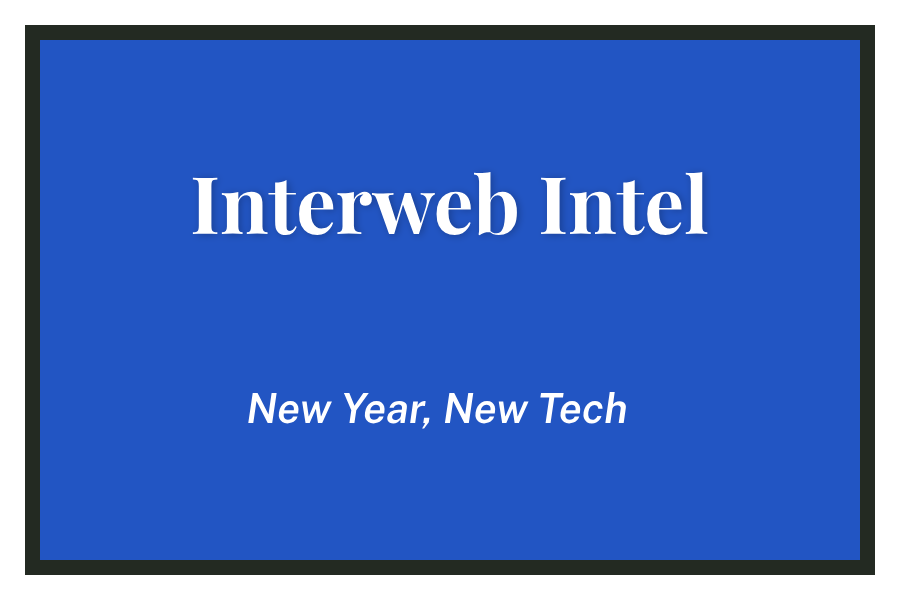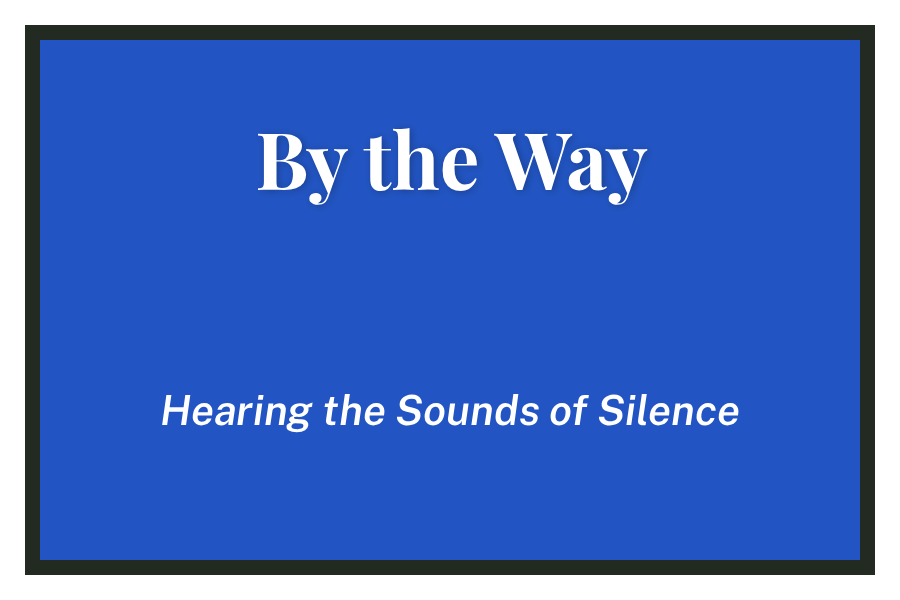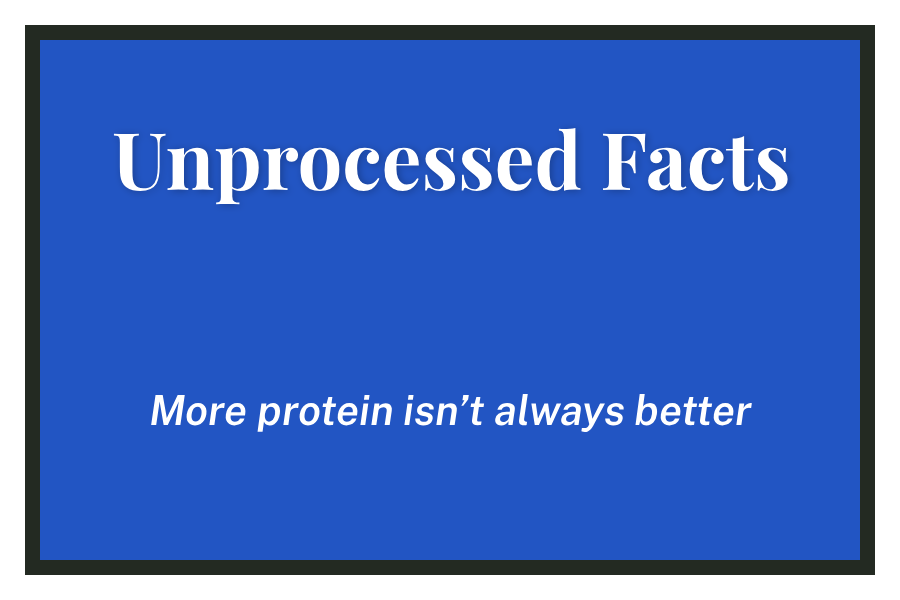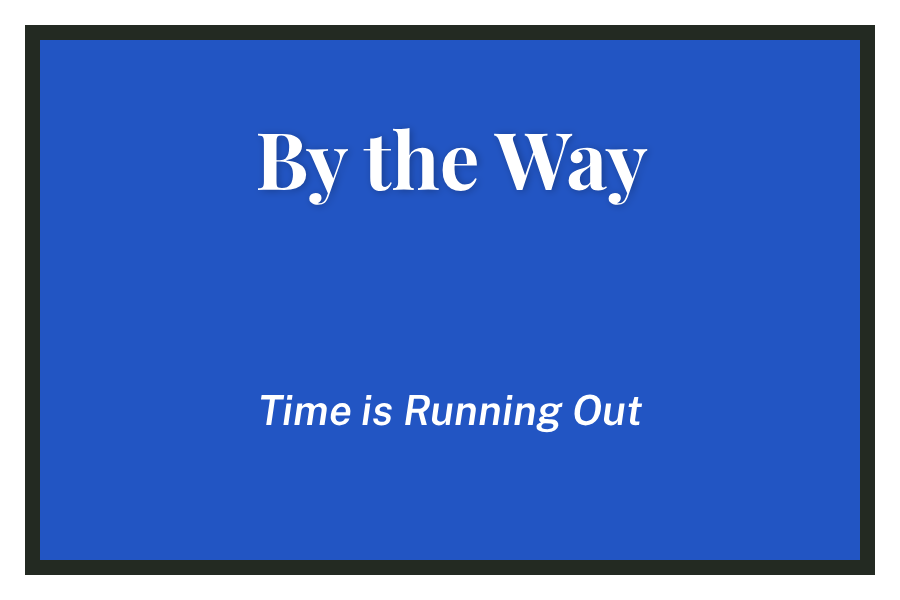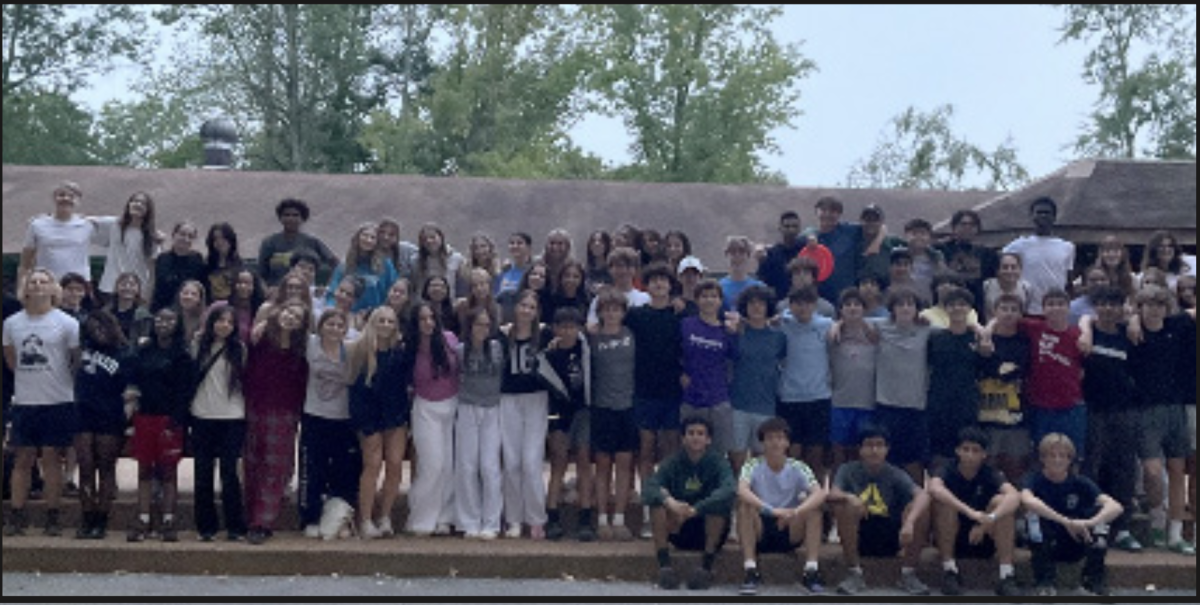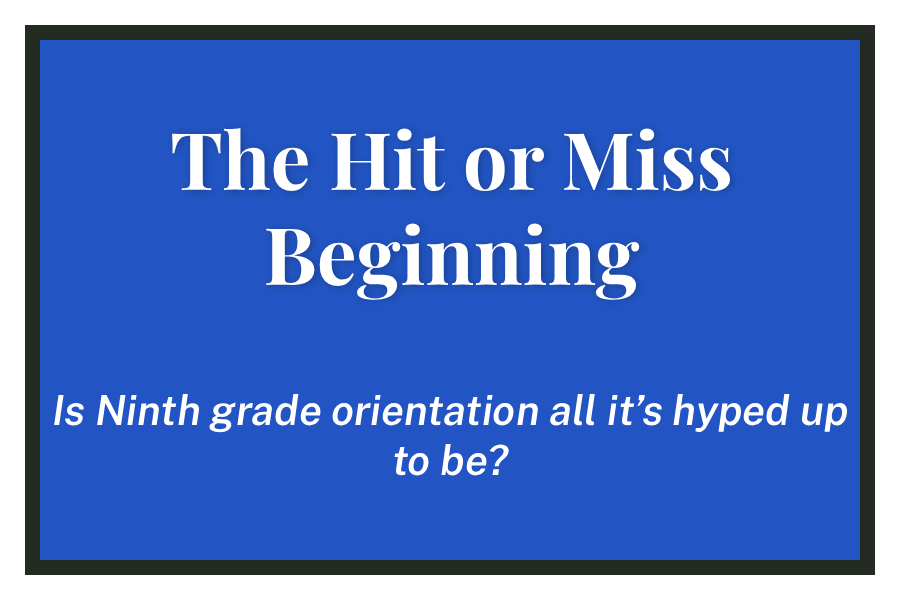Last year I wrote my first article for this column about the then new cell phone and AI policies which were about to go into effect. At the time, I had said that Parker needed to embrace technology instead of rejecting it. A year later, I’m still fighting the forces that are pushing us in the wrong direction.
I have covered pretty much all I have to say about the new phone policy in my previous columns. For fear of spending more time writing about it than the time the policy will actually stay in effect, I want to start the new year on a more positive note. I want to start the year by talking about the new ways we are using technology around the school and where I still see room for improvement.
Let’s start off with the schedule. Going to a block schedule means that the sheets of paper in front of binders and the phone wallpapers of the old days are of little to no use. While a decent portion of the school had already been using Skilldule, a site that I designed which dynamically shows personalized schedules, it has almost become required to keep track of the current day and what classes you have. Of course, with the shift from a weekly schedule, something that repeats and is easily understandable, to a cyclic one, Skilldule has undergone a vast transformation, even though the shift from the perspective of a machine is completely arbitrary. Along with updates to support the new format, Skilldule now has the ability to display club meeting times, so people will always be able to know when their clubs meet. You can take this with a grain of salt because I’m behind the development of Skilldule, but from a tech standpoint, it will not only be a useful tool for the student body but also stand as a good example of how we can use technology to solve problems around the school. If you think Skilldule sounds interesting, you can set it up at https://witsklilldule.web.app.
CTC has also followed up on the ideas for the TVs, which I presented in one of my columns last year. They will display the day of the cycle, the current and upcoming class period, as well as other useful info and anything that Student Organizations would like to display.
Another new piece of technology coming to the Upper School is the integration of School Pass in attendance. This new system has been threatened for a year and a half, but it is finally going into place and will make scanning in and out of the building a requirement. School Pass is the system that has us scan QR codes when entering and leaving the building. Now, School Pass will also track attendance, meaning that if you fail to check in, you will be marked absent. I’ve explained previously why the School Pass system is inefficient and not used by the majority of people walking into the school, but it essentially boils down to how doors work. More people can walk through a double door than can use three iPads that have relatively long loading times at a time. If everyone were really to use this system, a lot of people would get absences anyway because they’d miss their first period class. There is absolutely no reason why the ID scanners, which we are expected to use anyway, cannot tap into the School Pass system, allowing for faster and more efficient entry and exit from the building.
The last topic I wanted to cover is AI. AI has evolved rapidly within the last months and has expanded way past the capabilities of what we think of when we think of Chat GPT. I would like to explore different ways AI can be used helpfully, whether through creating experiences via images, videos, websites, voice replication, or just as a tool for research. Just as I was writing this sentence I looked down to a post by MKBHD about a new google feature that can add anyone to any image.To me that seems like something that could be made into a fun project or a game where students have to guess who’s the outlier.
All that being said, there are certain times where AI should not be used and we still need a solid system in place on how to handle that. I’ve seen a creative solution by some teachers online that involves including additional fake instructions hidden or small to include a reference to a movie or a word that wouldn’t make sense in the assignment. That way if a student were to paste it into an AI the output would be laced with decently solid proof of AI use. Other people have discovered AI’s overuse of specific words such as “delve.” It is important that we use some of these practices to have close to definitive proof, so that we ensure we never give someone an academic dishonesty strike for work they actually did.
As we enter this new year we are going to have to recognize which of these policies and technologies are still holding us back and how we can design systems that help us continue the push forward.


